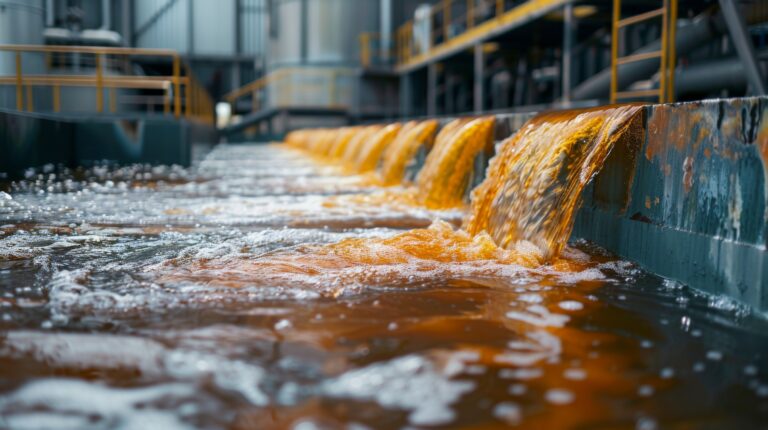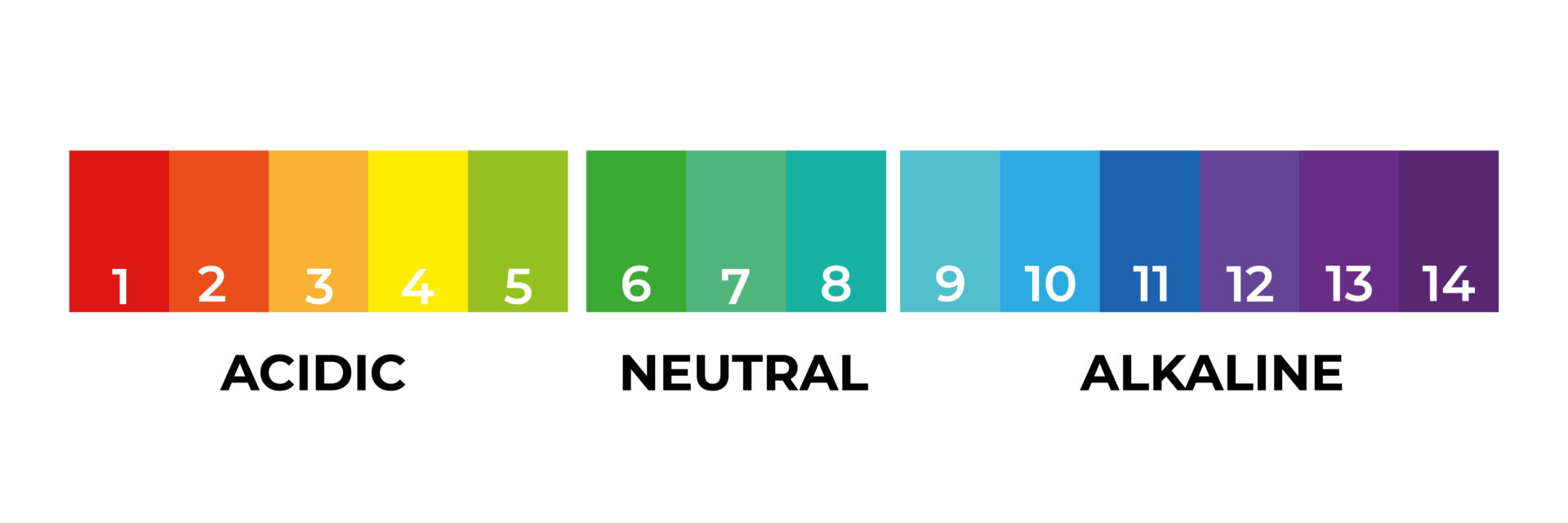Acid sulphate soils (ASS) are a significant environmental issue that poses risks to both human health and ecological systems.
These soils are characterised by high levels of sulfuric acid, formed through the oxidation of iron sulfides in the presence of air and water. Environmental scientists and engineers play a crucial role in managing the risks associated with ASS, aiming to mitigate their adverse effects on both people and the environment.
Understanding acid sulphate soils
ASS are typically found in low-lying coastal areas, floodplains, and wetlands, where the water table fluctuates. Under anaerobic (lack of free oxygen) conditions, iron sulfides (commonly pyrite) remain stable. However, when these soils are disturbed, such as through land development or drainage activities, the sulfide minerals are exposed to air and water, triggering a series of chemical reactions.
The exposure to oxygen and moisture leads to the oxidation of pyrite, producing sulfuric acid. This acidification process significantly lowers the pH levels of the soil, making it highly acidic and toxic to plants, animals, and microorganisms. Furthermore, the release of heavy metals, such as iron, aluminum, and manganese, occurs during this acidification process, further exacerbating the environmental impact.

Risks to people and the environment
Environmental impact
ASS can have a detrimental effect on local ecosystems. The high acidity and metal content in these soils can poison plants, rendering the land unsuitable for agriculture and leading to a loss of biodiversity. Acidic waters draining from these soils can also contaminate rivers, streams, and estuaries, negatively affecting aquatic organisms and fisheries.
Infrastructure damage
ASS can corrode infrastructure, including buildings, roads, and pipelines, causing substantial economic damage. The high acidity of the soil can erode concrete and metals, compromising the structural integrity of buildings and infrastructure.
Human health risks
Exposure to ASS can pose health risks to individuals. The release of heavy metals from these soils can contaminate drinking water sources, leading to long-term health problems when consumed. Moreover, the acidic nature of these soils can cause respiratory issues and skin irritation if inhaled or directly exposed to the skin.

Mapping the landscape of ASS
The Atlas of Australian Acid Sulfate Soils by CSIRO (pictured below) features a comprehensive map that serves as an invaluable tool for understanding the distribution and characteristics of ASS across Australia. It is a visual representation of the areas where these soils are prevalent, highlighting regions that are potentially vulnerable to environmental degradation caused by acidification.
This is a crucial context for land managers, policymakers, and environmental consultants, enabling them to make informed decisions regarding land-use planning, remediation strategies, and conservation efforts. The map is a solid foundation for addressing the challenges posed by acid sulfate soils and ensuring the sustainable management of Australia’s unique ecosystem.


